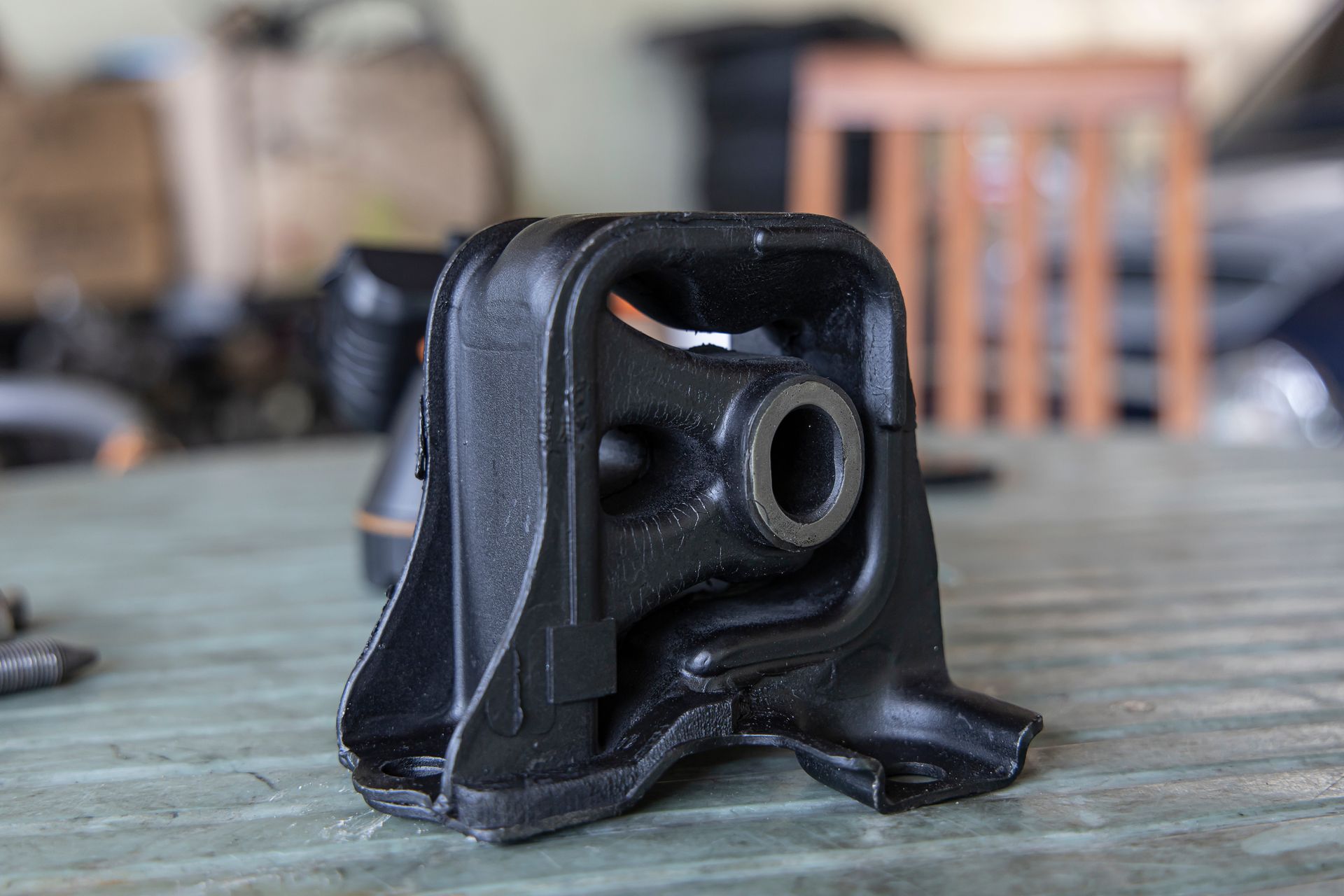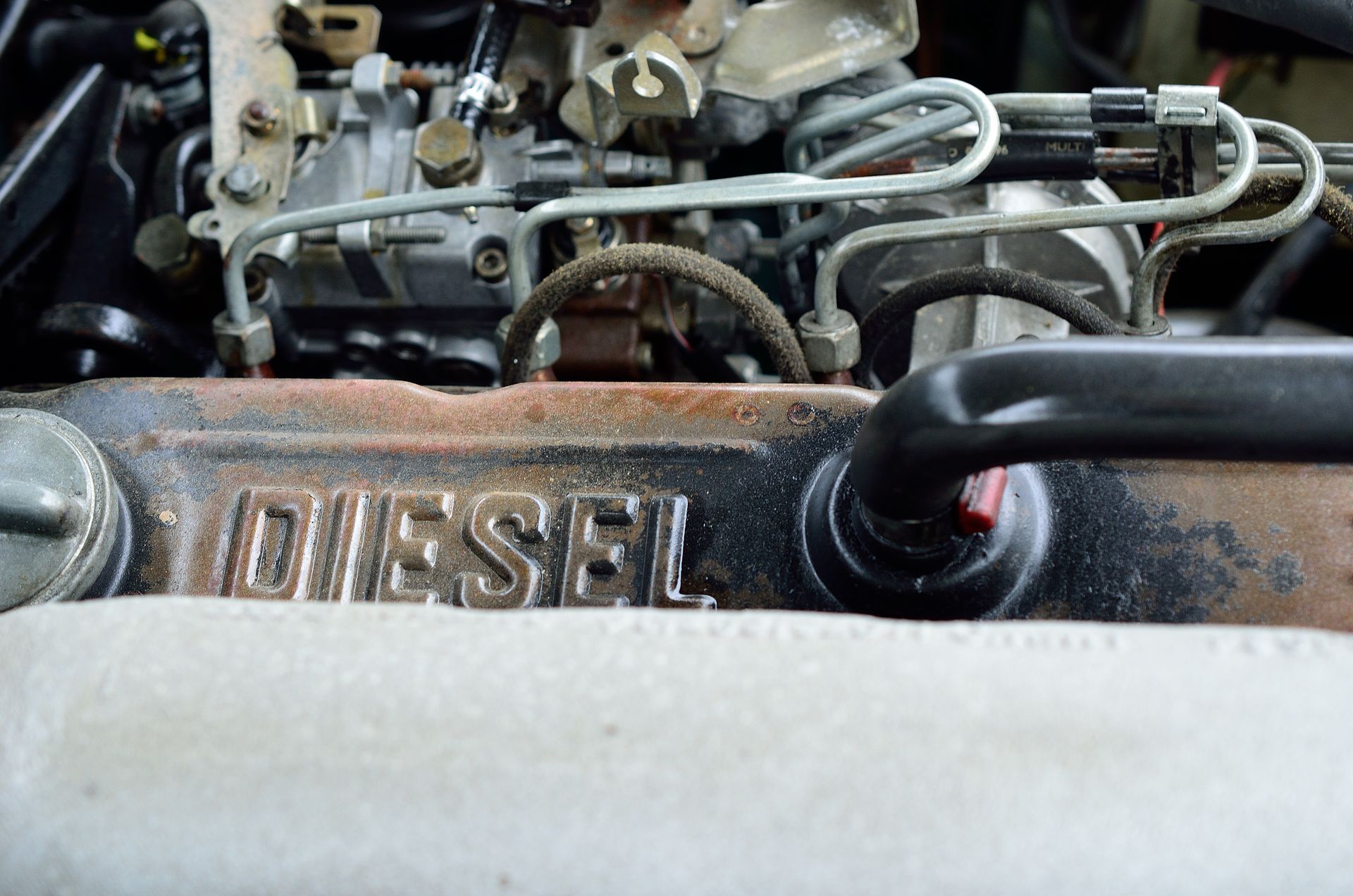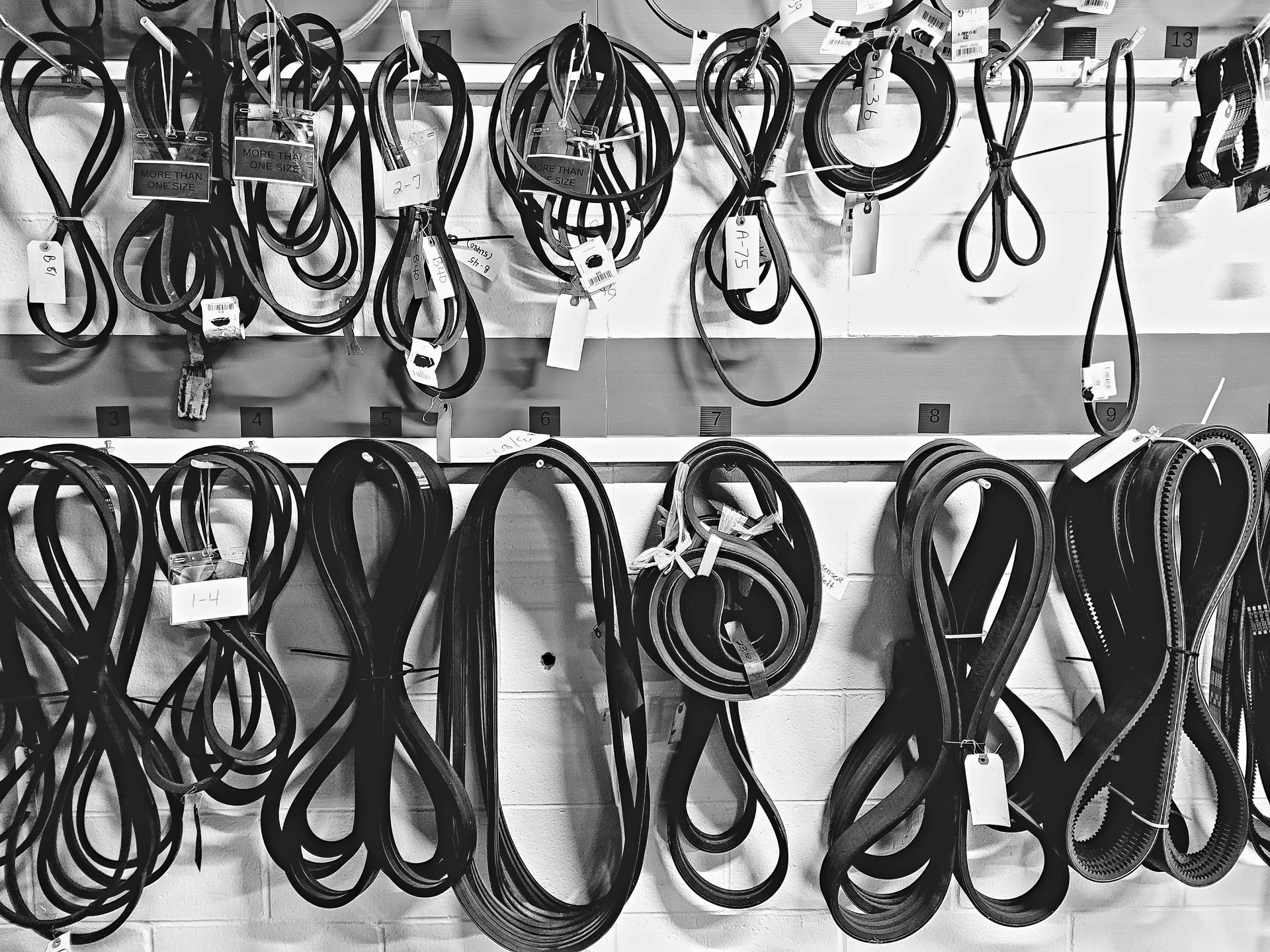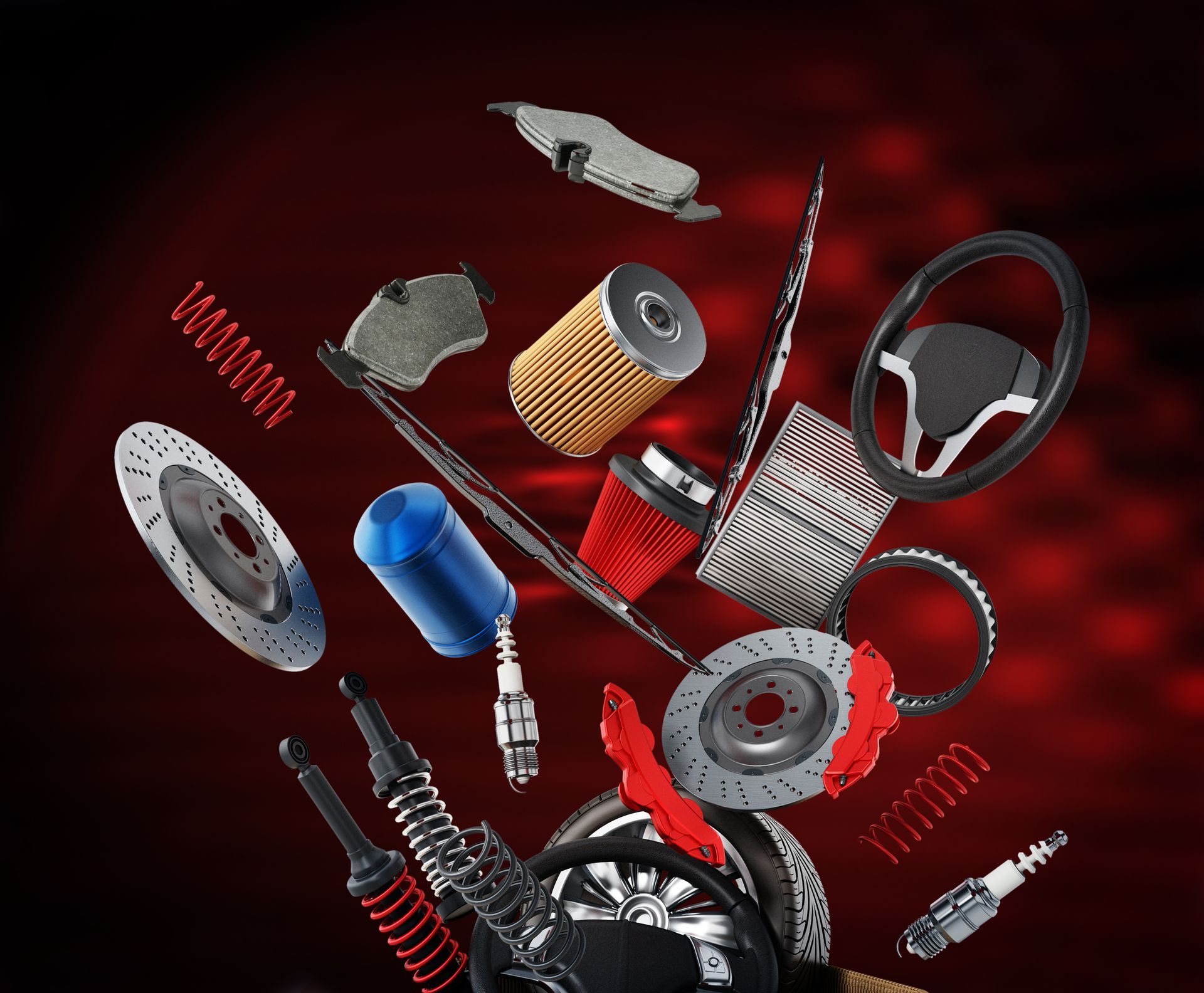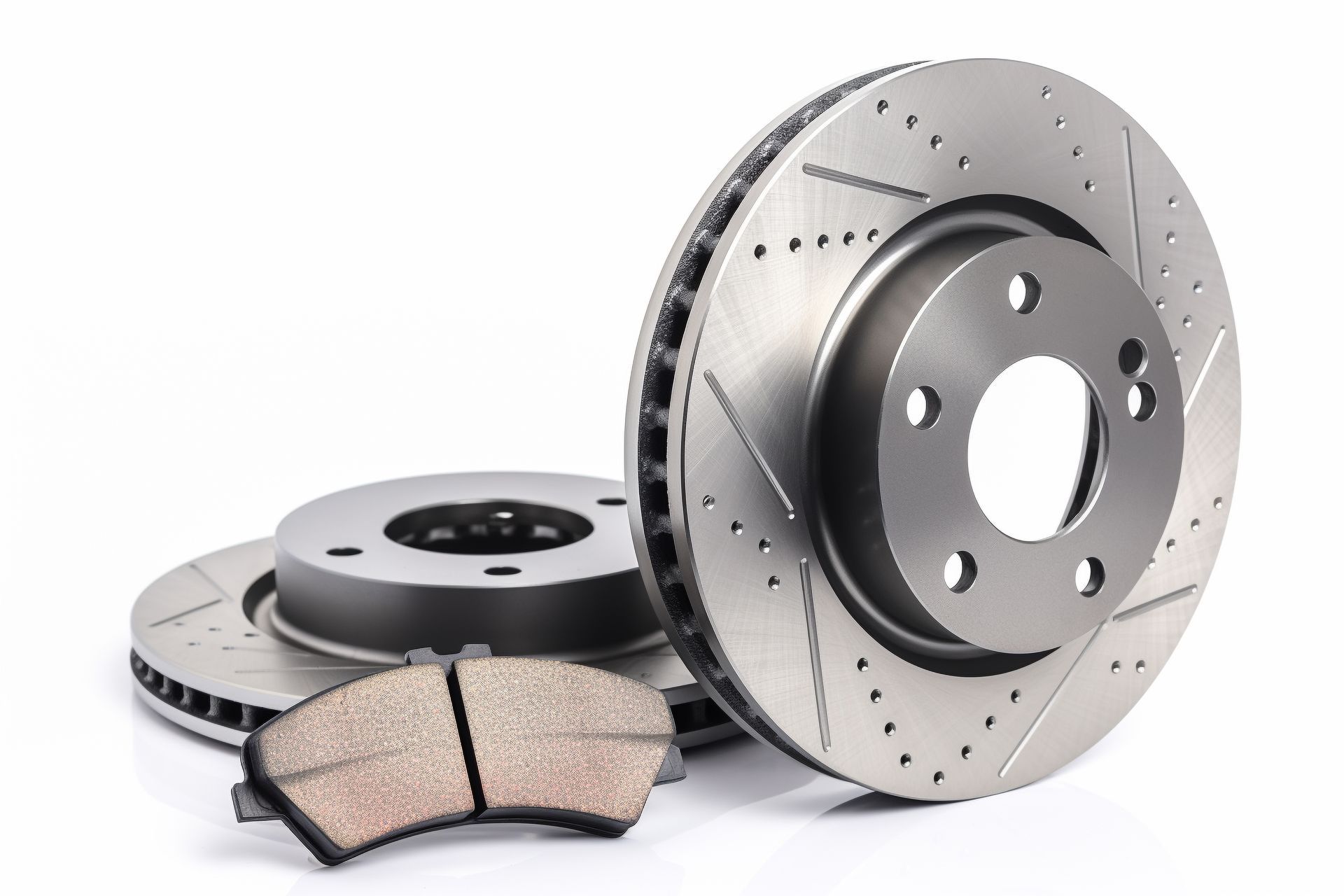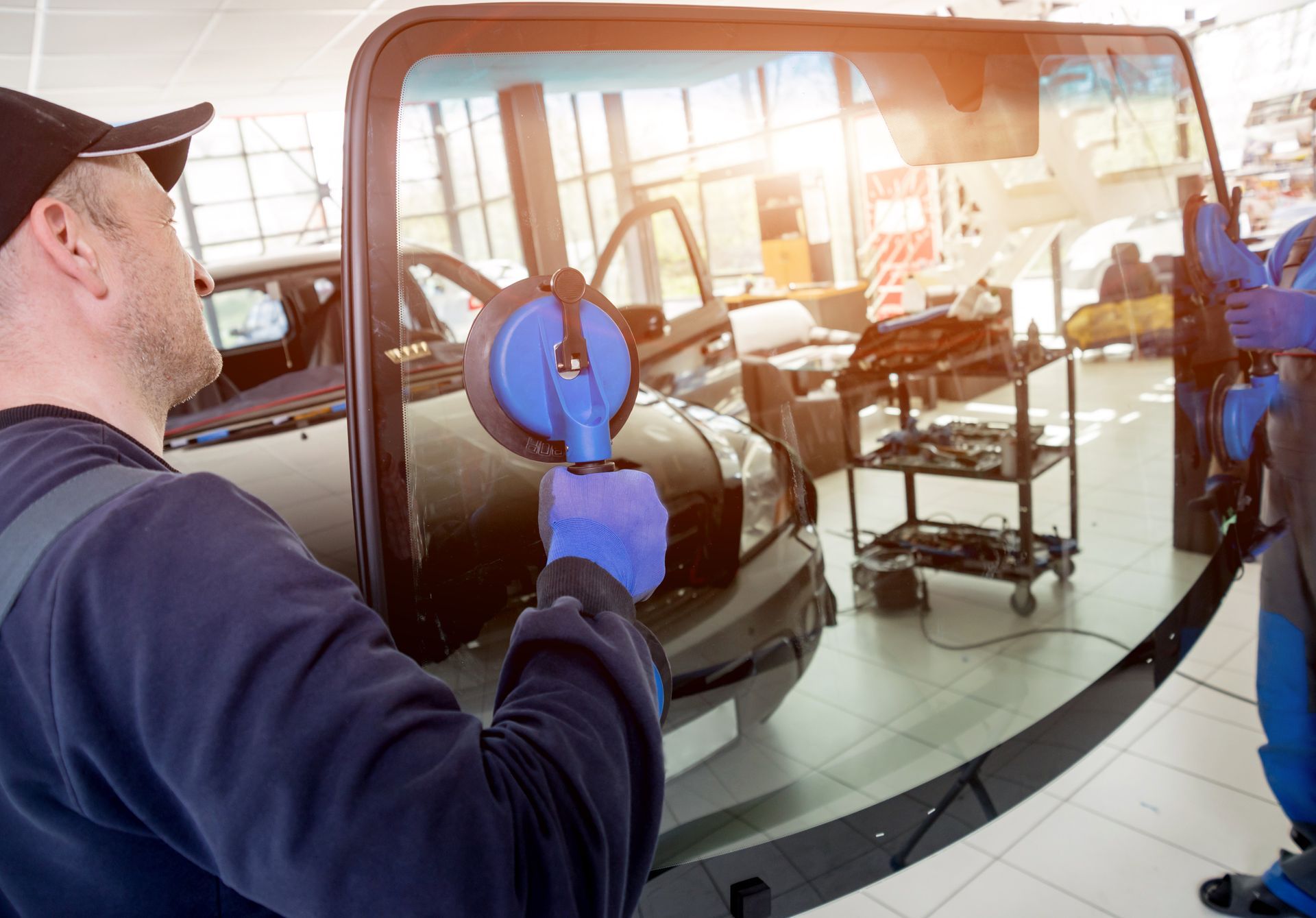Have you ever wondered about the inner workings of your car's automatic transmission? It's a marvel of engineering that seamlessly shifts gears as you accelerate and decelerate, providing a smooth and effortless driving experience. But how exactly does it do that - is it magic?
Automatic Transmission Basics
Automatic transmissions are complex systems composed of various components, including hydraulic systems, planetary gear sets, torque converters, and electronic control units (ECUs).
Unlike manual transmissions, which require the driver to manually engage and disengage gears using a clutch pedal and gear shifter, automatic transmissions rely on hydraulic pressure and electronic sensors to manage gear shifts automatically.
Hydraulic Pressure and Gear Changes
At the heart of an automatic transmission is the hydraulic system, which uses transmission fluid to transmit power and facilitate gear changes. When you press the accelerator pedal, the engine revs increase, causing the torque converter – a fluid coupling between the engine and transmission – to generate hydraulic pressure. This pressure activates a series of hydraulic valves and pistons, which in turn engage and disengage the various gear sets within the transmission, allowing for smooth and precise gear changes.
Electronic Control Units (ECUs) and Adaptive Algorithms
Modern automatic transmissions are equipped with sophisticated electronic control units (ECUs) that monitor various parameters such as engine speed, vehicle speed, throttle position, and driving conditions in real-time. These ECUs use adaptive algorithms and pre-programmed shift maps to determine the optimal timing and sequence of gear shifts based on input from sensors and driver behavior.
Shift Points and Driving Dynamics
The timing of gear shifts in an automatic transmission is influenced by factors such as vehicle speed, engine load, throttle position, and driving mode. Under normal driving conditions, the transmission will upshift or downshift at predetermined RPM (revolutions per minute) thresholds to maintain
optimal engine performance and fuel efficiency. The transmission may adjust its shift points to deliver maximum power or control in more dynamic driving situations, such as hard acceleration or deceleration.
Maintaining Your Automatic Transmission
Fluid Checks and Changes
Transmission fluid serves as both a lubricant and a coolant for the transmission components. According to the manufacturer's recommendations, regularly check the transmission fluid level and condition and schedule fluid changes as needed to prevent fluid degradation and component wear.
Follow Manufacturer's Service Intervals
Adhere to the manufacturer's recommended maintenance schedule for automatic transmission service, including fluid changes, filter replacements, and inspections. Servicing can help detect and address potential issues before they escalate into costly repairs.
Avoid Overloading and Towing Excessively
Overloading your vehicle or towing heavy loads can put additional strain on the transmission, leading to increased wear and potential overheating. Follow the vehicle's weight and towing capacity limits to prevent premature transmission failure.
Practice Smooth Driving Habits
Aggressive driving behaviors such as rapid acceleration, abrupt braking, and excessive speed can accelerate wear and tear on the transmission components. Drive smoothly and anticipate traffic flow to minimize stress on the transmission and prolong its lifespan.
Address Any Issues Promptly
If you notice any signs of transmission trouble, such as slipping gears, delayed or harsh shifts, fluid leaks, or unusual noises, don't ignore them. Have your transmission inspected and serviced by a qualified mechanic to diagnose and repair any underlying issues before they worsen.
Does your automatic transmission need a check-up? If the answer is yes, feel free to call
Barsh Automotive - our team will be happy to help!


